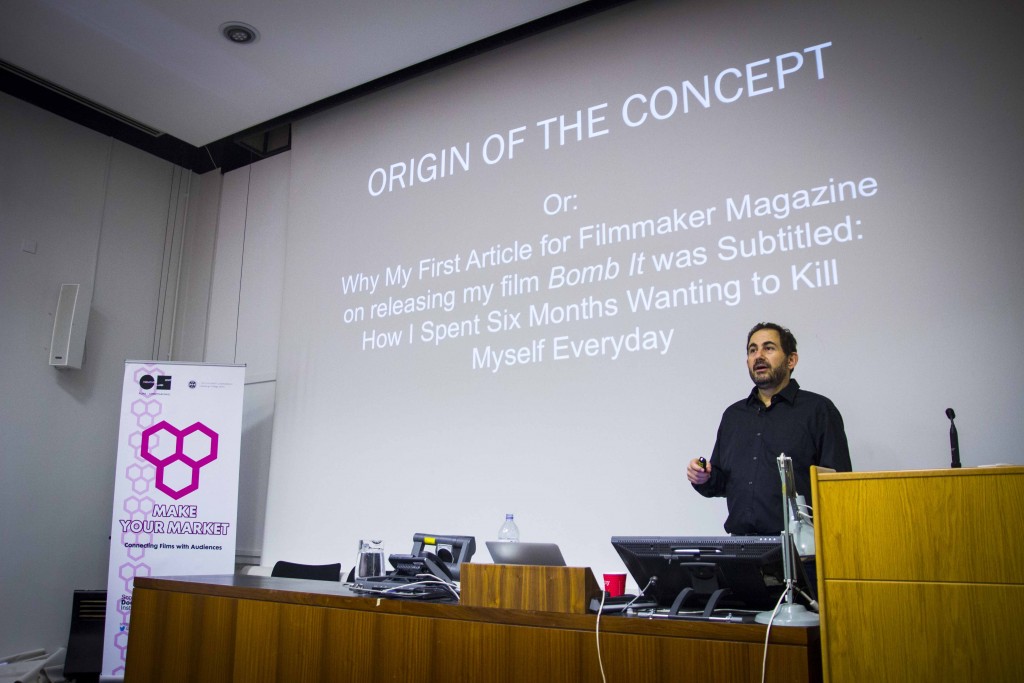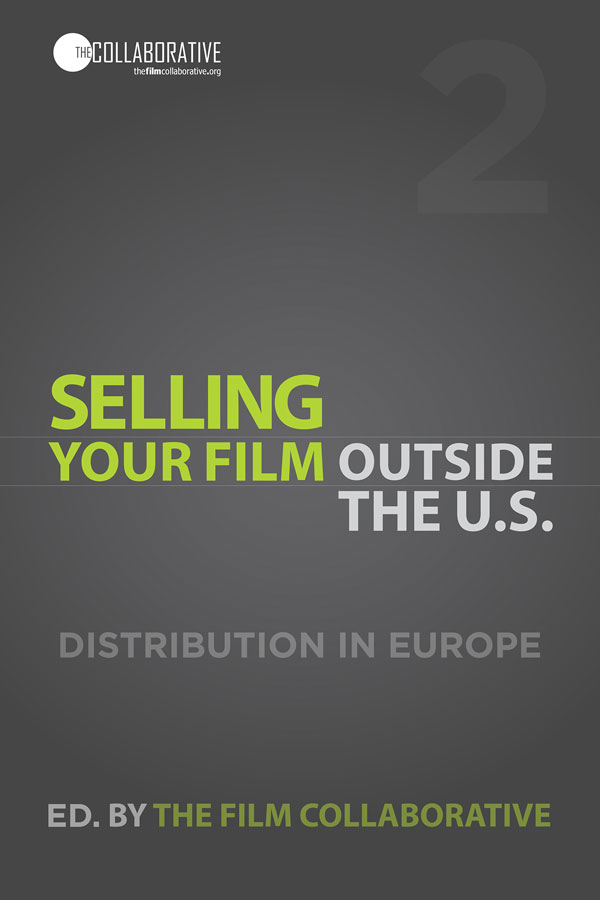Heading to Sheffield International Doc Fest and Edinburgh International Film Festival
I’m excited to be heading to the UK for the Sheffield International Doc Fest and the Edinburgh International Film Festival. In Sheffield I’ll be taking meetings with a number of international documentary foreign sales representatives but I’ll also be participating in Sales Sunday which is Sunday, June 12th. Then I’ll be meeting with filmmakers […]
What the F is a PMD and Why Do We Need One?

Back in 2010, two weeks before I went to print on Think Outside the Box Office, I coined a new crew position: the Producer ofMarketing and Distribution. This concept/position has taken off in varying fits and starts over the last five years – with people calling themselves and being credited as PMDs in the United […]
New Selling Your Film Book Released– and it’s FREE

I’m really excited about this brand new book, Selling Your Film Outside the U.S. (click here to download the book for free) that I wrote with Sheri Candler, The Film Collaborative co-executive directors Orly Ravid and Jeffrey Winter and Wendy Bernfeld, managing director of the European content curation and licensing company Rights Stuff BV edited […]
Top 5 Misunderstandings About Self Distribution
In the US many filmmakers are starting to get that they need to be responsible for distributing and marketing their films. We’ve been in this new paradigm since 2007 at least. But here in Europe – the mythology of white knights rescuing your film and you and carrying your film into the limelight is still […]
Report from the UK: The PMD, Digital Rights and Booking Theatrical in the UK
I’m back now from my trip to the UK – workshop and consulting at the Edinburgh Film Festival as well as a workshop at the London Film School. What I love about travelling and doing these workshops is meeting people who are really helping change the lives of filmmakers, creating tools and resources to help […]